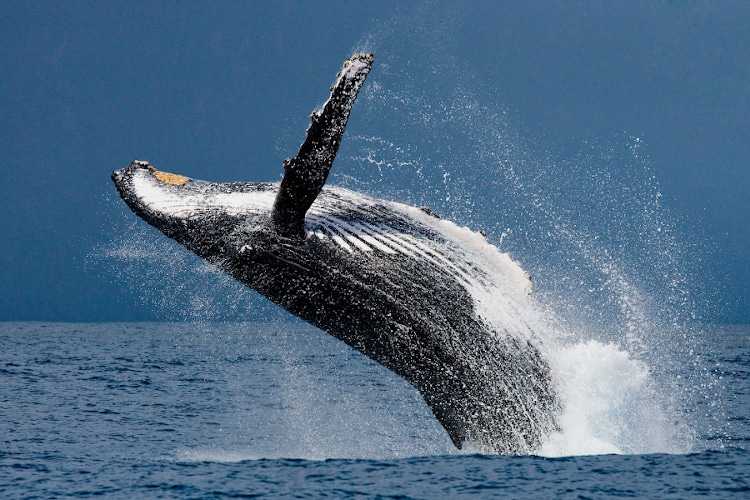Talking to animals has long been considered a fanciful childhood dream, but researchers from the SETI Institute, founded by astronomers Carl Sagan and Jill Tarter, may have just taken the first step towards turning this dream into reality. In a groundbreaking effort, scientists engaged in what is believed to be the first communicative exchange between humans and humpback whales, utilizing the whales’ own language.
Conducting their research at a humpback feeding area off the coast of Alaska, the researchers aimed to initiate interspecies communication. Dr. Brenda McCowan, a research behaviorist from UC Davis collaborating with the SETI team, stated, “We believe this is the first such communicative exchange between humans and humpback whales in the humpback ‘language.’” The ultimate goal of these interactions extends beyond any specific animal and is geared towards understanding non-human communication systems for potential extraterrestrial encounters—a primary focus of study at SETI.
Dr. Laurance Doyle, a coauthor from the SETI Institute, emphasized the relevance of this research to the search for extraterrestrial intelligence. He noted, “Because of current limitations on technology, an important assumption of the search for extraterrestrial intelligence is that extraterrestrials will be interested in making contact and so target human receivers. This important assumption is certainly supported by the behavior of humpback whales.”
To initiate the conversation, researchers played recorded whale noises, and to their delight, a humpback whale named Twain responded. The exchange lasted for 20 minutes, during which Twain circled the team’s boat, responding to each playback call and matching the interval variations between signals. The researchers see this as a valuable method for studying non-human communication, using it as a proxy to develop filters for potential extraterrestrial signals.
The next phase of the study will focus on analyzing the non-audio communicative behavior of humpback whales, particularly examining actions like the creation of bubble rings made in the presence of, or possibly for, humans. The researchers envision these innovative study techniques as the future of biology, offering a more powerful tool for exploring the interactive and dynamic features of communicative behavior in animals.
By Impact Lab


